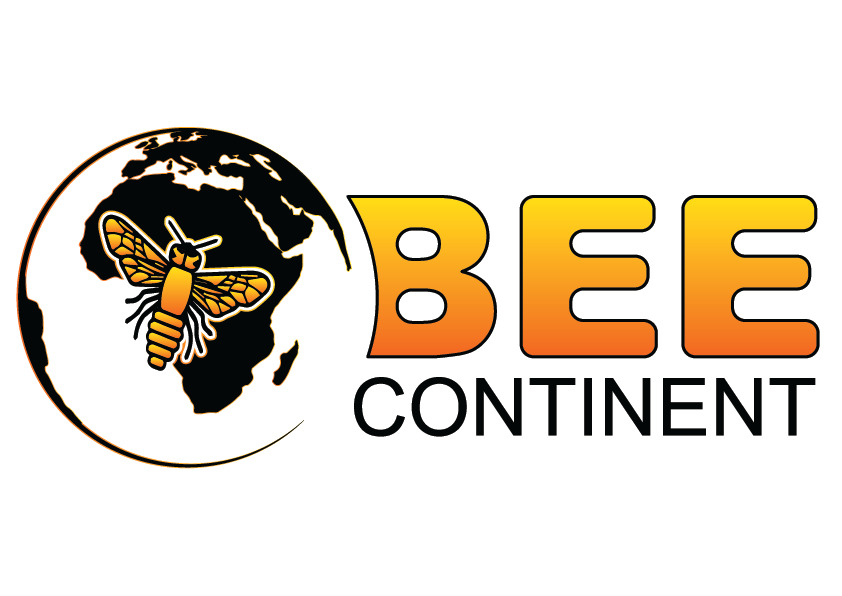Your cart is currently empty!
Beekeeping plays a crucial role in sustaining ecosystems and ensuring food security through pollination. However, conventional beekeeping practices can sometimes be detrimental to the environment and bee populations. Eco-friendly beekeeping focuses on sustainable and environmentally responsible methods that promote hive health,
biodiversity, and long-term conservation of honeybee populations. This guide
explores the best practices in eco-friendly beekeeping, highlighting sustainable
techniques adopted in developed countries and their direct impact on honeybee
conservation.
Why Eco-Friendly Beekeeping Matters
With global concerns over declining bee populations due to climate change, habitat
loss, and pesticide use, eco-friendly beekeeping is more important than ever.
Sustainable beekeeping practices ensure healthier colonies, promote natural
behaviors, and minimize harm to the environment. By adopting green beekeeping
methods, beekeepers contribute to the conservation of honeybees and enhance their
crucial role in pollination.
Best Practices in Eco-Friendly Beekeeping
- Using Sustainable Hive Materials
Traditional hive materials often involve chemically treated wood or plastics that can release toxins into the environment. Sustainable alternatives include:
Untreated, FSC-certified wood for hive construction
Recycled or biodegradable hive materials to minimize environmental impact
Natural insulation materials such as wool or straw to reduce artificial heating
needs - Avoiding Chemical Treatments
Chemical pesticides and antibiotics commonly used in beekeeping can weaken bee immunity and contaminate honey. Sustainable practices focus on natural alternatives such as:
Essential oil treatments (e.g., thymol, tea tree, and lemongrass oils) for mite
control
Integrated Pest Management (IPM) techniques to monitor and control pest
populations
Selective breeding for disease-resistant bee strains - Encouraging Natural Foraging
Providing diverse, pesticide-free forage ensures that bees have access to high-quality
nectar and pollen. Beekeepers in developed countries promote:
Planting native wildflowers around apiaries
Creating pollinator-friendly gardens with diverse floral sources
Avoiding monoculture crops, which limit nectar diversity and availability
- Minimizing Hive Disturbance
Frequent hive inspections can stress bees and disrupt their natural behavior. Eco- conscious beekeepers use technology and gentle methods such as:
Remote hive monitoring systems (e.g., IoT sensors) to track hive conditions
without opening them
Observational beekeeping, reducing unnecessary inspections
Using red lights instead of smoke, which calms bees without introducing foreign substances - Practicing Sustainable Honey Harvesting
Overharvesting honey can deprive bees of their essential winter food supply.
Sustainable honey extraction includes:
Leaving enough honey for the bees to sustain themselves through winter
Harvesting surplus honey only during abundant nectar flows
Using non-invasive extraction methods, such as centrifugal honey extractors, to minimize wax and brood damage - Promoting Local and Ethical Beekeeping
Local beekeeping reduces the carbon footprint associated with transporting bees or imported honey. Ethical beekeeping practices include:
Supporting local queen breeding programs to avoid importing non-native bee species
Collaborating with local farmers to create pesticide-free zones
Educating communities on the importance of sustainable beekeeping - Utilizing Renewable Energy Sources
Many modern beekeeping operations rely on electricity for monitoring and hive maintenance. Sustainable beekeepers incorporate:
Solar-powered hive monitoring systems to track hive health without excessive energy use
Wind and solar energy in honey processing facilities to reduce fossil fuel
consumption
Energy-efficient storage and processing equipment to minimize waste
How These Practices Promote Honeybee Conservation - Protecting Bee Health
Natural hive management and chemical-free treatments improve bee immunity andlongevity, reducing colony collapse disorder (CCD) risks.
- Enhancing Biodiversity
Planting native wildflowers and encouraging natural foraging supports pollinators and
maintains healthy ecosystems. - Reducing Environmental Impact
Sustainable materials and renewable energy reduce pollution and carbon emissions associated with conventional beekeeping. - Strengthening Bee Populations
Ethical breeding programs and local queen rearing help maintain strong, resilient bee populations adapted to their environments. - Supporting Sustainable Agriculture
Partnerships with organic farms create pollinator-friendly zones, benefiting both beekeepers and food producers.
Conclusion
Eco-friendly beekeeping is more than just a trend; it is a necessity for the future of
pollinators and the planet. By adopting sustainable practices such as using natural
materials, minimizing hive disturbances, avoiding chemicals, and promoting
biodiversity, beekeepers can play a crucial role in conserving honeybee populations.
These practices not only benefit the environment but also ensure a thriving and
resilient beekeeping industry for generations to come.


Leave a Reply